Here’s the latest Beekeeping-Related news you might want to see!
Heat Treatment for Varroa Mites
|
In order to combat Varroa, various nations have utilized pyrethroids, organophosphates, essential oils, and organic acids. In the past, Varroa was managed chemically. In reality, wherever Varroa has been introduced, chemical-based, in-hive
treatments have been used as a precaution. It has been shown that Varroa mites can swiftly develop a resistance to chemical treatments. Chemical Varroa treatments have other negative impacts on honey bees, such as lower queen lifespan, decreased sperm loads in and longevity of drones, brood death, and altered queen laying patterns.
|
|
https://beekeepinginformation.com/
|
|
Best Wildflowers for Honeybees
|
Honeybees evolved as tree-dwellers, so it’s not surprising that their main source of forage is still flowering trees and bushes. However, in recent times, media messaging has
overlooked this fact; setting an agenda all about wildflowers, seed bombs, and wildflower meadows. In recent years, the role of wildflowers in feeding honeybees has been widely misunderstood. Yes, wildflowers are a precious resource. Yes, there are not nearly enough of them. But no, they are not going to save the day. No matter how many packets of bee-friendly wildflower seeds are nobly given out and scattered, they are just not going to supply enough forage to turn the
tide. |
|
https://backyardbeekeeping.iamcountryside.com/
|
|
What is a Hopelessly Queenless Hive?
|
A situation where there is no viable candidate for queen develops. When there is no chance of a new queen being born and raised in the Colony, since no fertile larvae are in the hive and the queen has either died or disappeared, the Colony will only produce new queens for some time. A common rookie mistake for beekeepers is failing to see signs that a settlement has lost its queen. You are ignorantly succeeding. Hummingbirds and bees are in the air. Everything is how it should be, as well as the spotless cleanliness of the
outbuildings. If you do that, you could start to see a change.
|
|
https://beekeepinginformation.com/
|
|
How to repel 7 ruthless animals that eat honey bees
|
Here’s a roundup of the most common furry animals that eat honey bees. Beekeepers focused intently on wasps, birds, and invading insects may sometimes forget the
four-footed kind of predator. In addition to birds and bugs, there are many 4-footed animals that eat honey bees. |
|
https://www.honeybeesuite.com/
|
|
What is a Snelgrove Board?
|
The use of a Snelgrove board to control swarming is therefore a common topic rather than a single “Snelgrove approach.” In order to regulate swarms, the Snelgrove board can be used in a variety of ways, although the one outlined here is the
most basic. The original purpose of Leonard Snelgrove’s new board was to prevent swarms (much like the demaree method), in which the beekeeper would wait to manipulate the bees until they were nearly ready to swarm. In his work, he does go on to suggest ways for increasing variations that would control swarming.
|
|
https://beekeepinginformation.com/
|
|
You are what you eat
|
The science of identity … how guard bees recognise nestmates, why drifting bees are accepted into other hives and why robbers are only sometimes rejected. Honey bees
are eusocial insects. The ’eu’ before social is derived from the Greek for ‘good’; these insects – not just honey bees – exhibit the highest level of social organisation, involving the division of labour (nurses, scouts, guards, foragers and in reproductive and non-reproductive sub-groups), cooperative brood rearing and overlapping generations. |
|
https://theapiarist.org/
|
|
|
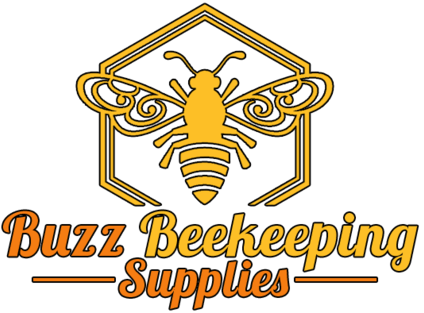
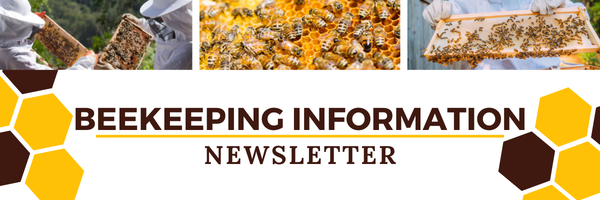






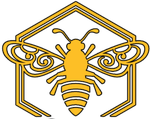
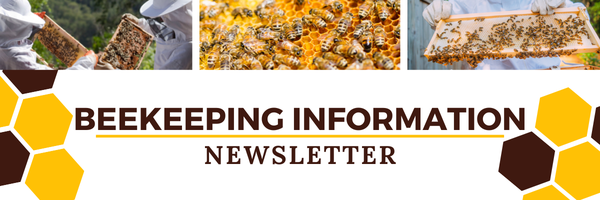






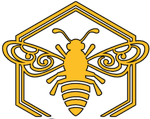
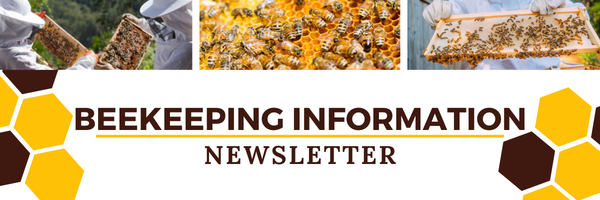






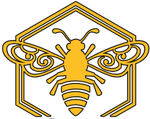






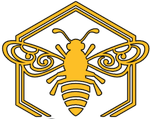
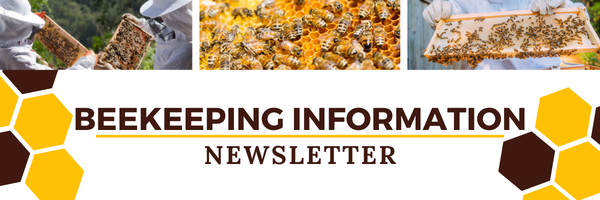





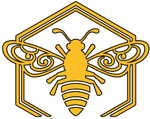
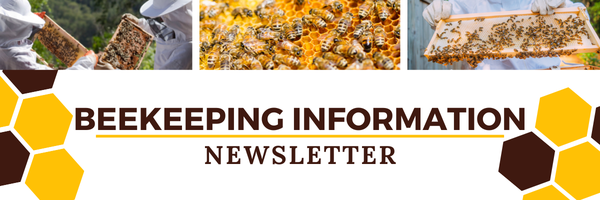





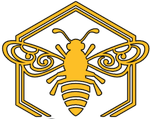
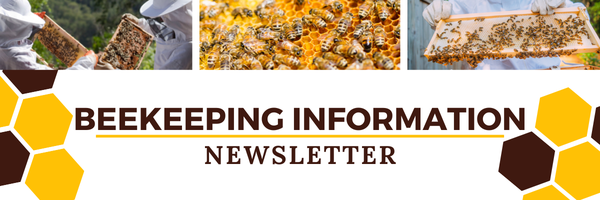





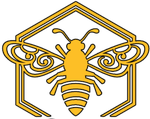
Do you have a link that goes to all of your news letters? I would like to add a link to our club site that would go to all the past news letters.
Thanks
Hi:
Here is a link to all of our past newsletters.
Thanks,
Jack
I did not see the link